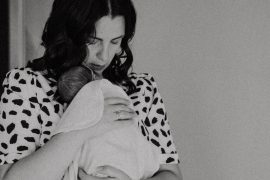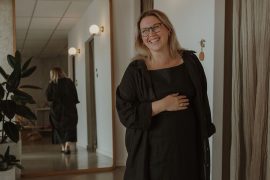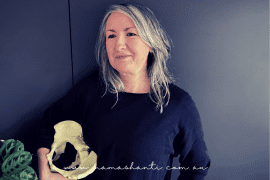By Hannah Schenker
We mothers know about the wonders of breastmilk. We even joke about its wondrous and varied healing effects – “just pour a little breast milk on it!”. But cancer? The scary Big-C? Research results suggest that yes – breastmilk contains a compound, nicknamed HAMLET by the researchers, that targets cancerous cells and kills them. But this research is not new. The cancer-fighting compound was discovered back in the early 90s, only the researchers’ findings were met with disbelief by the medical community. It is only now, after two decades of working to prove the discovery, that the research is becoming widely accepted (source).
Professor Catharina Svanborg and her postgraduate assistant Anders Håkansson accidentally discovered the compound, at the University of Lund in Sweden back in the 90s. They were immunologists, researching infectious disease rather than working in cancer research. They discovered the promising results after researching the way breastmilk was able to fight off infection and germs. Apparently a common practice is to experiment on human cancer cells due to their ability to function like normal human cells and essentially live on forever in the lab. However, while conducting their research the cancer cells began to die, “committing suicide” in the presence of breastmilk.
“Looking down the microscope at the dying tumor cells, we were quite excited, especially when the experiment was repeated and showed the same effect twice. We had used non cancerous cells for a long time in similar experiments and they had not died,” she says.
Upon closer study, they discovered that when the human milk protein alpha-lactalbumin binds to a fatty acid it has the ability to kill cancerous cells, while leaving healthy cells alone. They nicked named it HAMLET (Human Alpha-lactalbumin Made LEthal to Tumour cells), patented their discovery, and published their research in a paper in a respected journal – Proceedings of the National Academy of Science, in 1995. What happened next? They were met with disbelief because the research hadn’t come out of a cancer research or phamaceutical development facility, but instead from an immunologist working in a University.











